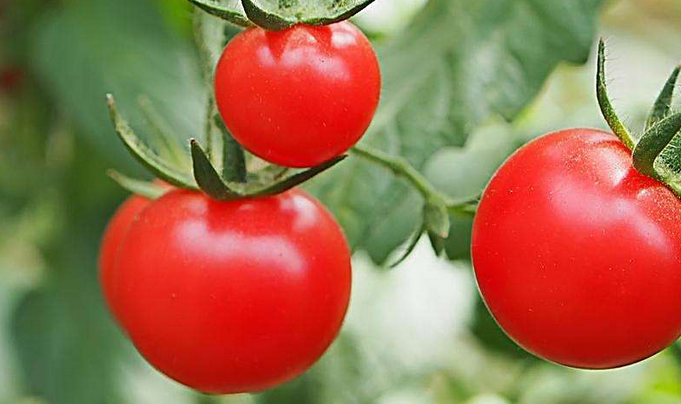Early spring tomato cultivation can be carried out in a plastic greenhouse with a span of 6 meters. Seedlings are planted in mid-November, planted in February of the following year, fresh fruit harvested in early May, and 6,000 kilograms of fresh fruit per mu.
Seed treatment can be soaked in warm soup, or soaked with chemicals. Soaking the warm soup is to soak the seeds of the saint fruit in cold water for 10 minutes, then put it into the hot water of 50 ° C ~ 55 ° C, stir constantly, and add hot water at any time to make the water temperature stable, remove it after 15~20 minutes. Dispose of the residual heat in cool water, then soak for 4 to 6 hours in warm water at 25 ° C ~ 30 ° C. Soaking seeds is to wrap the seeds in gauze, soak them in 10% trisodium phosphate aqueous solution for 20~30 minutes, then take out the seeds and wrap them in a wet towel at 25 °C ~ 28 °C.
Seeding and seedlings will first water the prepared seedbed. After the water has been infiltrated for 2~3 hours, evenly sow the seeds and cover 0.5~1 cm of nutrient soil. The seedling bed per square meter is 3~5 grams, per mu. The planting area requires 8 to 10 square meters of nursery beds. After the sowing, the mulch film is covered and moisturized, and the film is immediately released after emergence.

When the seedlings are moved in time, in the heart of the fruit of the saint fruit, we will transplant the nutrients at noon on sunny days. The nutrient soil is mainly composed of fully decomposed organic fertilizer, and the amount of phosphate fertilizer and the appropriate amount of nitrate fertilizer are appropriately increased. The principle of seedbed management during the seedlings of the virgin fruit is to have proper temperature, humidity and sufficient sunlight. This is achieved by covering insulation, uncovering light, watering and fertilizing, and expanding the distance between nutrients.
Colonization When the seedlings grow 7~8 true leaves, they are colonized (can be planted with buds). Each row is planted in two rows, with a small row spacing of 60 cm, a plant spacing of 40 cm, and a planting of 2000 plants per acre. The depth of planting should be at the position of the cotyledon, and the planting water should be poured when planting. Cover the mulch after planting. Cut the film according to the length of the kneading surface and the length of the soil buried in both ends, and then place the cut film between the two rows of seedlings, then pull the film to the ditch on both sides, and finally tighten and compact.
Field management such as watering, topdressing, temperature management, and uncovering greenhouse film are equivalent to conventional tomato spring cultivation. Pests and diseases are lighter and can not be controlled.
The whole pruning fruit grows rapidly in the greenhouse, the plant is tall and the erectility is poor. When the plant grows to 30~40 cm, it should be inserted into the vine or the hanging line to prevent lodging. The lateral branches have strong growth ability, and multiple layers and two consecutive layers of topping can be used, that is, the inflorescences on the trunk are retained, leaving the lateral branches on the trunk, leaving 2 inflorescences on each side branch, and then leaving 2 leaves on the inflorescence. It is necessary to snoring and twisting the branches in the same time so that the side branches do not block each other. The twisting branches are generally carried out on a sunny day. The old leaves and diseased leaves that distribute yellow in the lower part are removed in time to reduce nutrient consumption and enhance light transmission.
When the temperature is low in the early spring, the pollination is easy to fall, and the 2,4-d can be used to smear the open flower buds and flower stalks (marked with red), or the more neatly inflorescences are ordered, and then 2,4 Dip in the -d solution.
Due to the high degree of sugar in the virgin fruit, only when it is fully cooked can it truly reflect the inherent flavor and quality. Therefore, it is necessary to harvest at the right time. Keep the sepals and a section of the fruit handle when harvesting.
Sanitary Valve,Angle Seat Valve,Sampling Valve,Pneumatic Diaphragm Valve
Wenzhou Gaoya Light Industry Machinery Co.,ltd. , https://www.hongyafitting.com